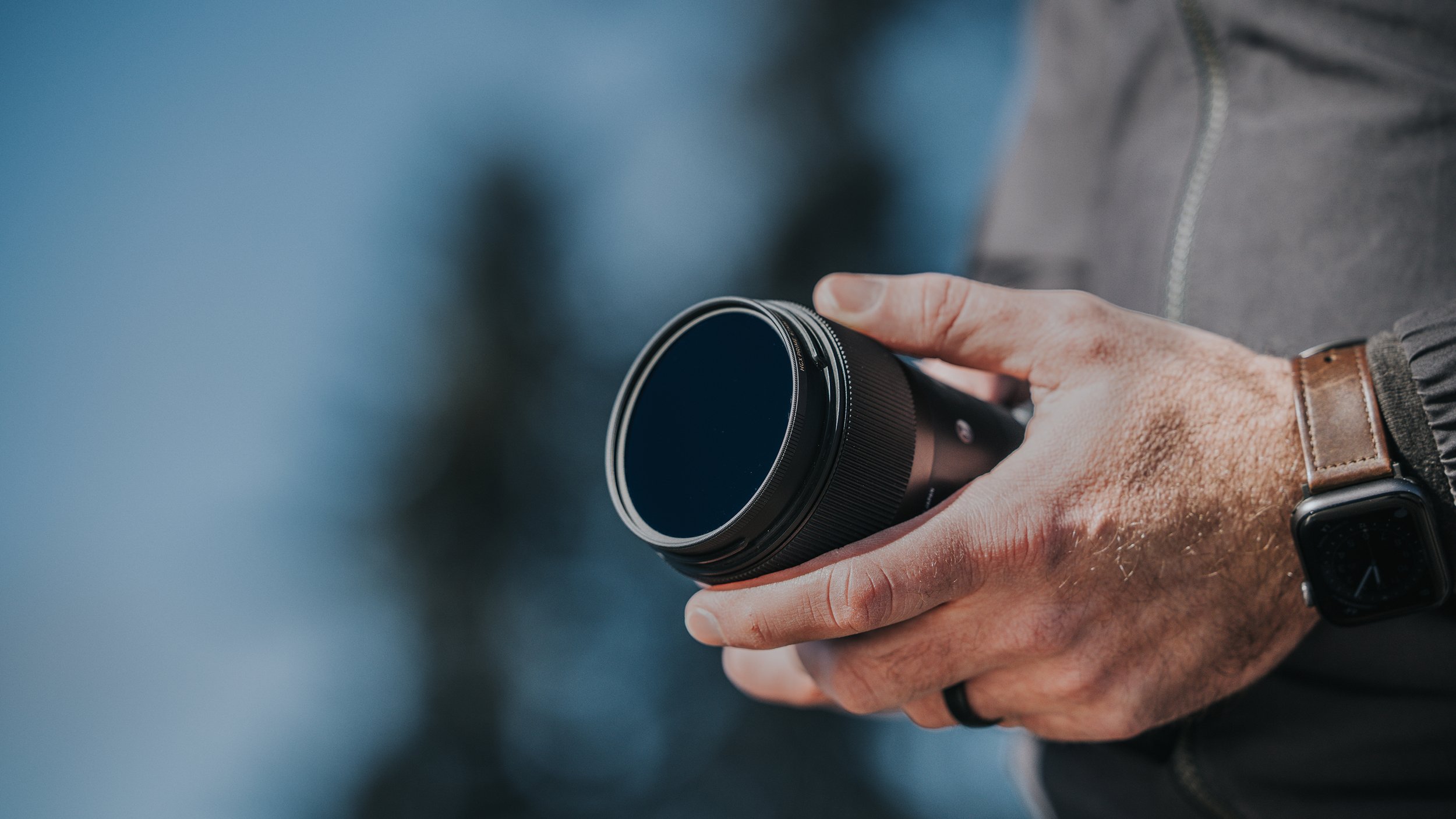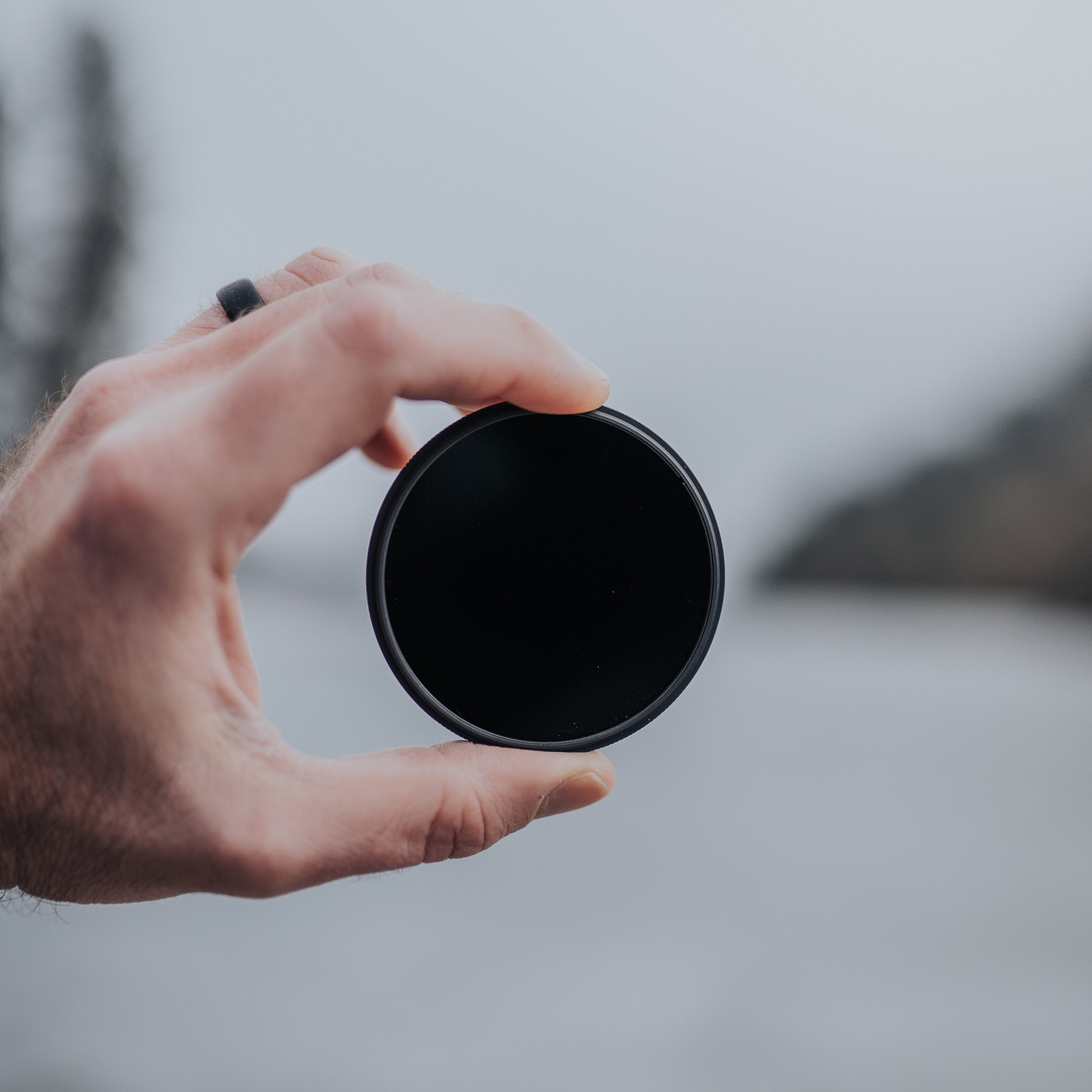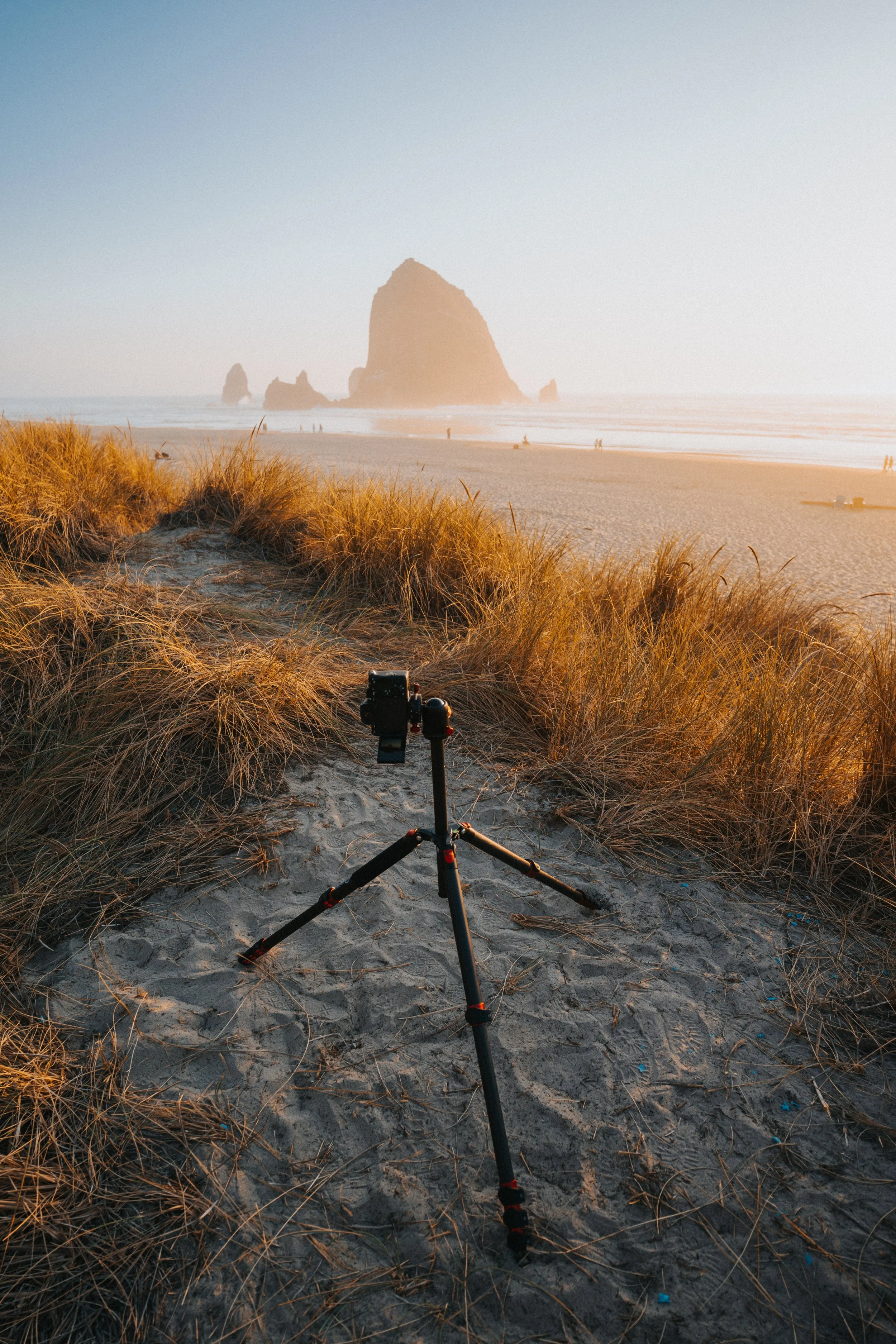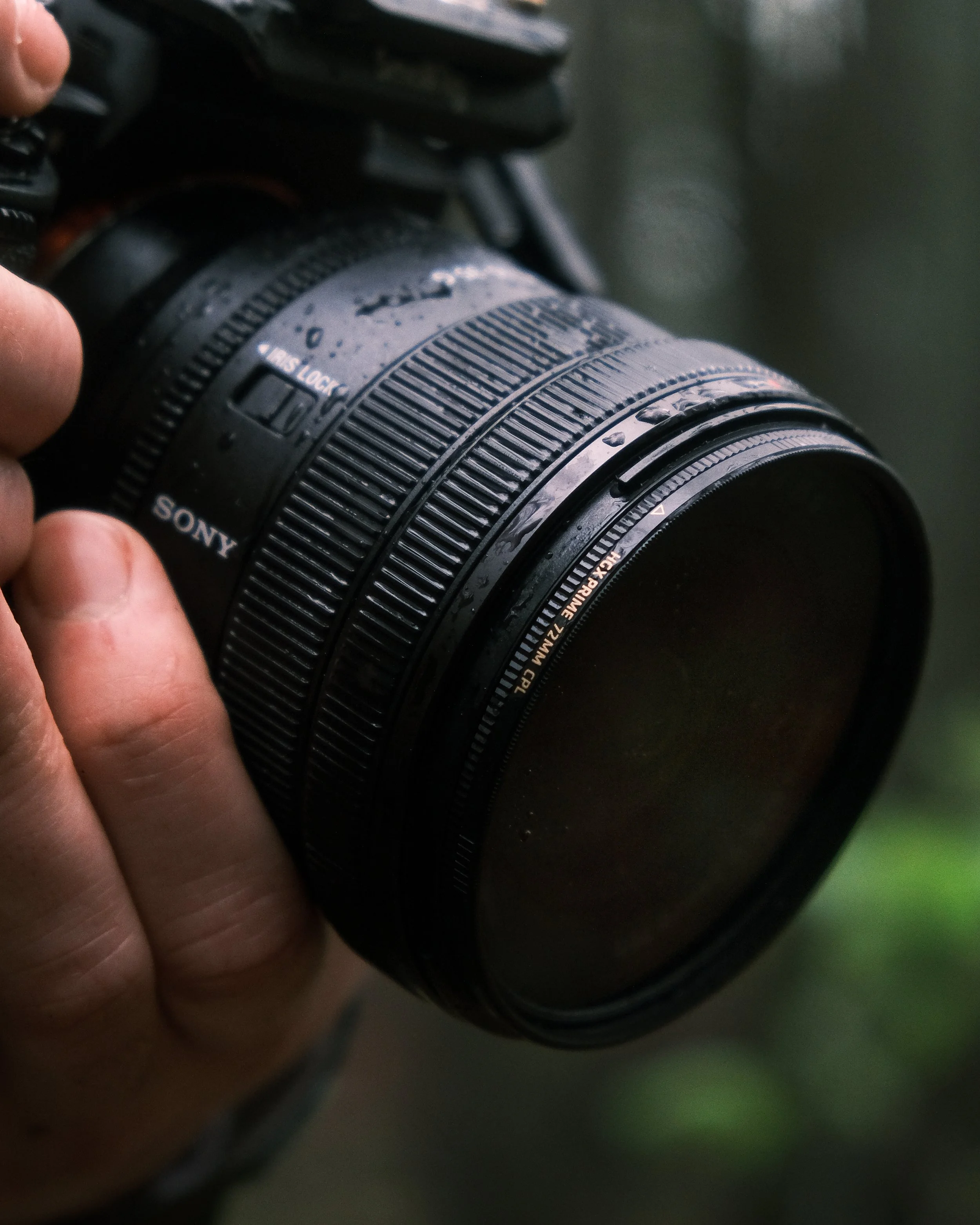
NEUTRAL DENSITY
FILTER
ESSENTIAL FOR BRIGHT CONDITIONS
IRND filters reduce the amount of visible light entering your lens, allowing you to use a wider aperture and slower shutter speed. Unlike standard ND filters, ProMaster IRND filters continue blocking infrared light at the same percentage as they block visible light, helping your camera’s sensor maintain accurate color.
WHY USE AN ND FILTER?
An ND is designed to reduce the amount of light coming through your lens. It is used in both still photography and videography, but for slightly different purposes. ND stands for “Neutral Density”. An ND filter has one, dedicated density which makes it different from a VND filter, which has a variable density range.
An ND filter can:
Reduce shutter speeds to create dramatic effects, such as moving water, in a still photograph.
Control exposure while capturing video footage in bright or changing light conditions without adjusting the lens aperture, so as to maintain the desired depth of field.
AVAILABLE IN 3 TYPES:
HGX PRIME IRND
This PROFESSIONAL ND FILTER reduces the amount of visible light entering your lens by a number of stops. It maintains a neutral color and suppresses infrared light for sharp, clean imagery in still photography and videography .
HGX PRIME IRND - 100X100
This PROFESSIONAL IRND FILTER darkens the entire image allowing you to shoot at a wider aperture or slower shutter speed. Suited for filming under extremely bright conditions.
HGX PRIME GRADUATED
This PROFESSIONAL GRADUATED NEUTRAL DENSITY FILTER reduces the amount of light, and allows you to balance exposure in compositions where a large difference between light and dark exists.
Using an ND filter
It’s usually best to determine how much light you need to hold back before choosing an ND filter. This allows you to choose the proper strength. Attach the ND filter to the front of your camera’s lens and check to ensure the shutter speed and/or exposure are what you desire.
For still photography an ND can be used to reduce the light entering your lens and therefore let you use a slower shutter speed to achieve a desired exposure. This is often done to accentuate the effect of a moving object, such as water in a waterfall. An ND allows you to keep a larger aperture while lengthening your shutter speed. This may be done to keep a shallower depth-of-field in the photo (by using a large aperture). This may also be done to avoid a very small lens aperture which can cause a softening of the image due to diffraction.
For videography an ND can be used to reduce the light entering your lens so as to maintain the proper frame rate without changing your lens’s aperture. This is especially helpful when capturing video footage outdoors, on a bright day where lighting cannot be controlled as it would otherwise be in a studio or indoor set.


How does an ND work?
Neutral Density filters do exactly what their name implies. They are of neutral color (meaning they do not change color) and they have some degree of density. This density reduces the amount of light entering your camera to reduce exposure.
Most ND filters use a special coating process to attain their light-blocking ability. This is very different from a VND filter which uses two pieces of polarizing film. A quality ND filter’s coatings can achieve sharper image quality and more neutral color than a VND as a result of this manufacturing process.
ND Nuts and Bolts
ND (Neutral Density) filters offer the very best possible quality. They exceed the quality of most VND type filters, especially for still photography where perfect sharpness (or lack thereof) may be more noticeable than in moving video footage.
If using an ND filter with a film camera to achieve very long exposures, be sure to mind the effect of reciprocity failure. Check with your film’s manufacturer for more information about this as it relates to the specific emulsion you are using.
If using an ND filter with a digital camera to achieve very long exposures you may notice a purple or bluish cast in your image. This is due to some infrared light “leakage” that occurs in long exposures where the quantity of IR light can overpower your camera’s built-in IR blocking filter. To avoid this, purchase an IRND type filter which does not stop blocking light above 700 nm.
The amount of light a VND filter holds back can be expressed in terms of f-stops or as a filter factor. Click here for a chart that displays these equivalents.











